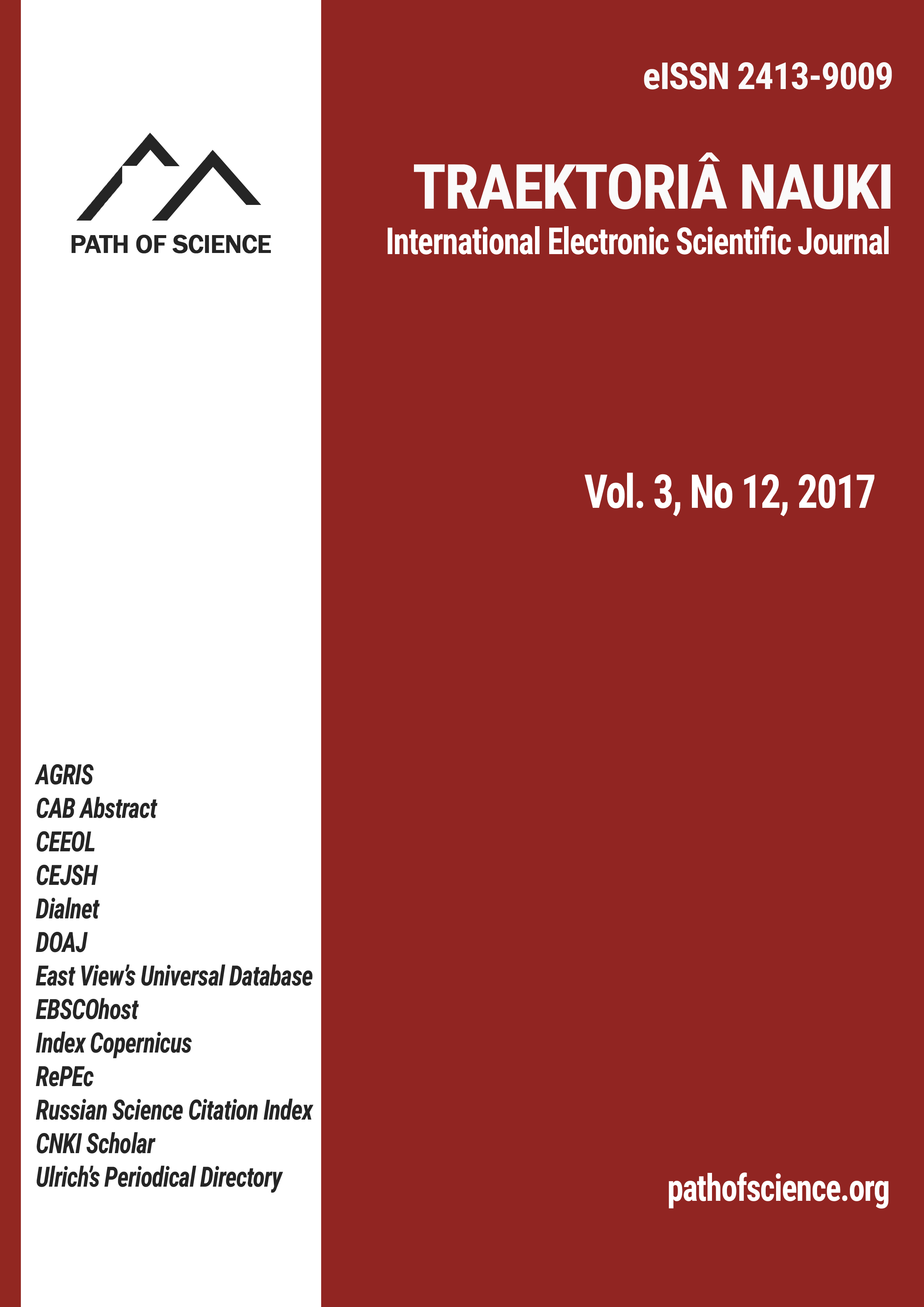Choosing a Better Delay Line Medium between Single-Mode and Multi-Mode Optical Fibers: the Effect of Bending
Choosing a Better Delay Line Medium between Single-Mode and Multi-Mode Optical Fibers: the Effect of Bending
Author(s): Auwal Mustapha Imam, Aliyu Kabiru Isiyaku, Mustapha Isah, Mohammed Isah KimpaSubject(s): Energy and Environmental Studies
Published by: Altezoro, s. r. o. & Dialog
Keywords: optical fiber; single-mode fiber; multi-mode fiber; delay line;bandwidth (accessibility) of archival information;
Summary/Abstract: Optical fiber cables are materials whose core is made of silica and other materials such as chalcogenide glasses; they transmit a digital signal via light pulses through an extremely thin strand of glass. The light propagates and is being guided by the core which is surrounded by the cladding. Light travels in the optical fiber in the form of total internal reflection in the core of the fibers. The flexibility, low tensile strength, low signal loss, high bandwidth and other characteristics of optical fibers favors it for use as a delay medium in many applications. Another favorable characteristic of optical fiber delay lines is are their relative insensitivities to environmental effects and electromagnetic interferences. The immunity of optical fibers to interferences and their less weight added advantages to it for use as delay medium. Single-mode and multi-mode are the two most popular types of optical fibers. Single-mode fibers have good propagation and delay properties with a minimal loss that allows the signal to propagate in a large distance with insignificant distortion or attenuation. The percentage of power transmission of single-mode fibers is found to be higher than that of the multi-mode fibers. It is, therefore, a preferred type for use as a delay line. In this paper, relative studies of the two optical fibers modes, and the results of power input/output measurement of the two modes are presented with a view to coming up with a better type for use as a delay medium.
Journal: Traektoriâ Nauki
- Issue Year: 3/2017
- Issue No: 12
- Page Range: 2001-2011
- Page Count: 11
- Language: English

